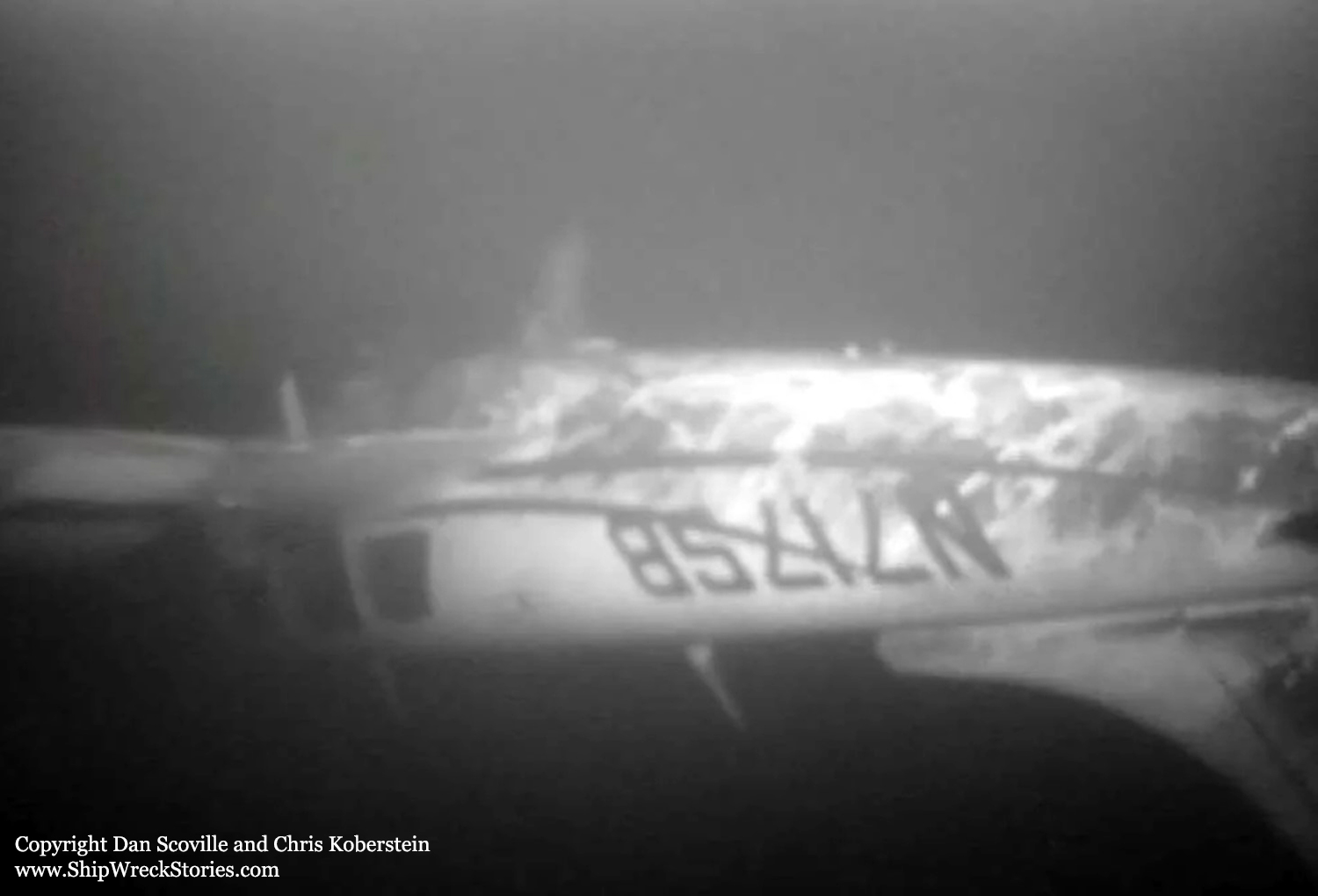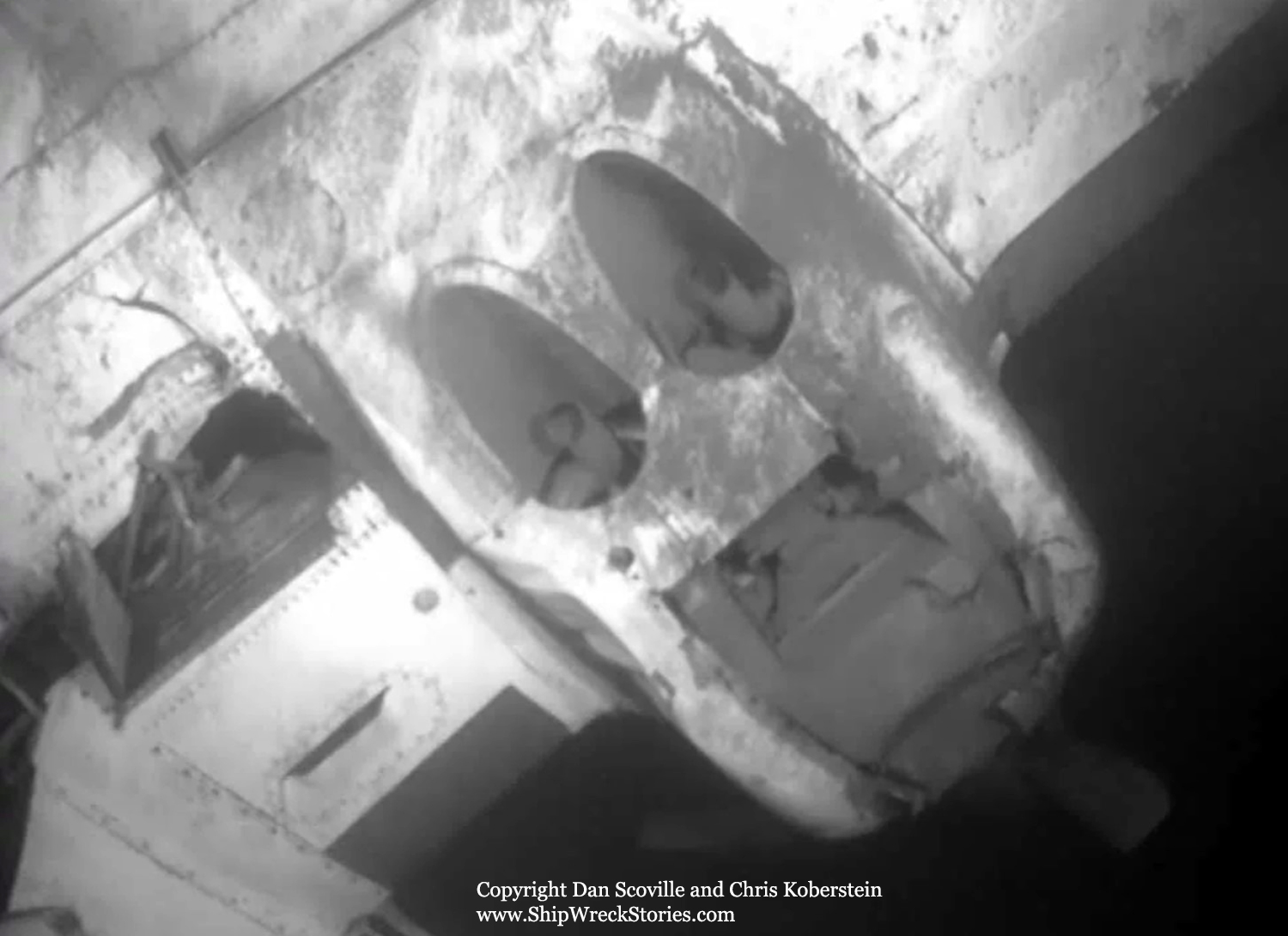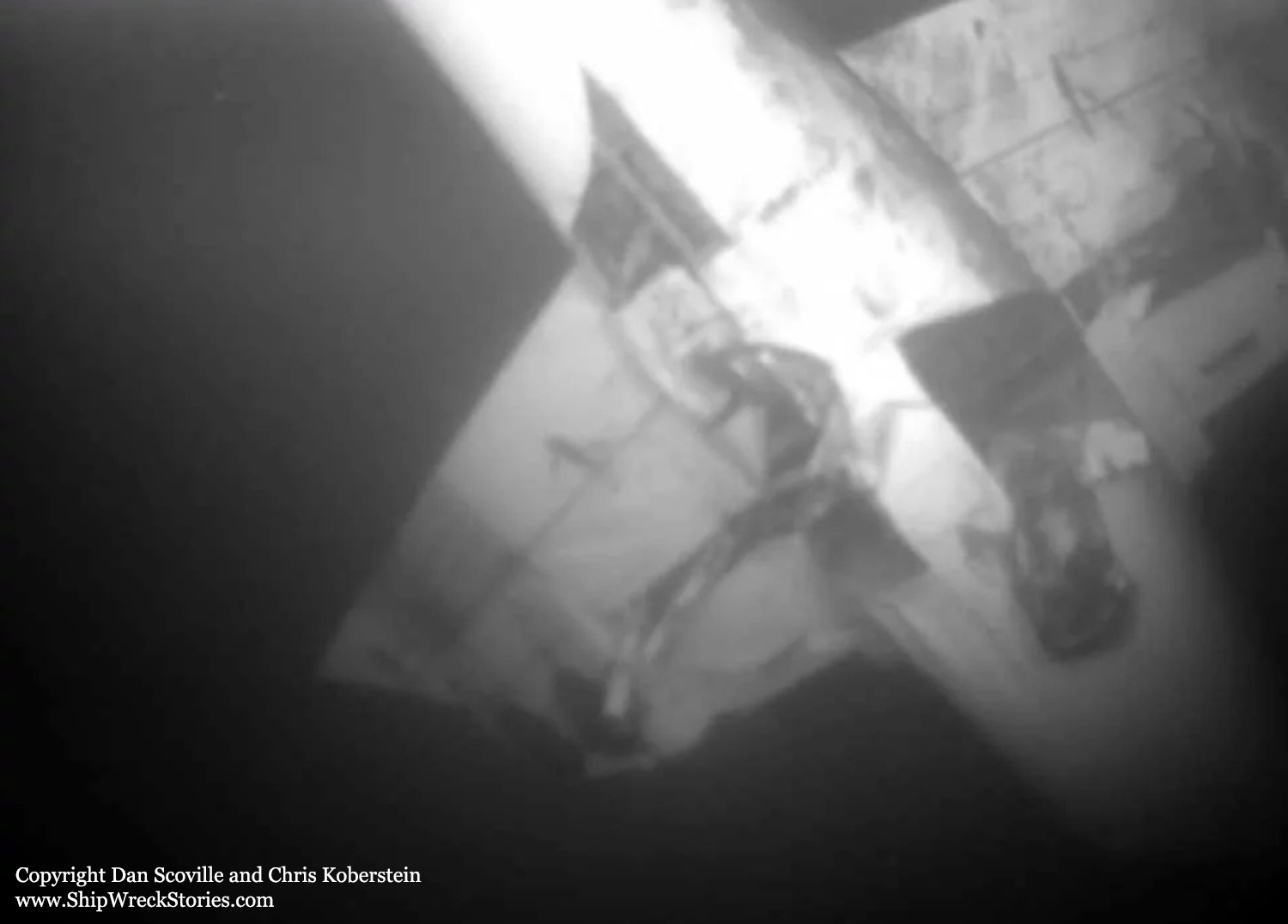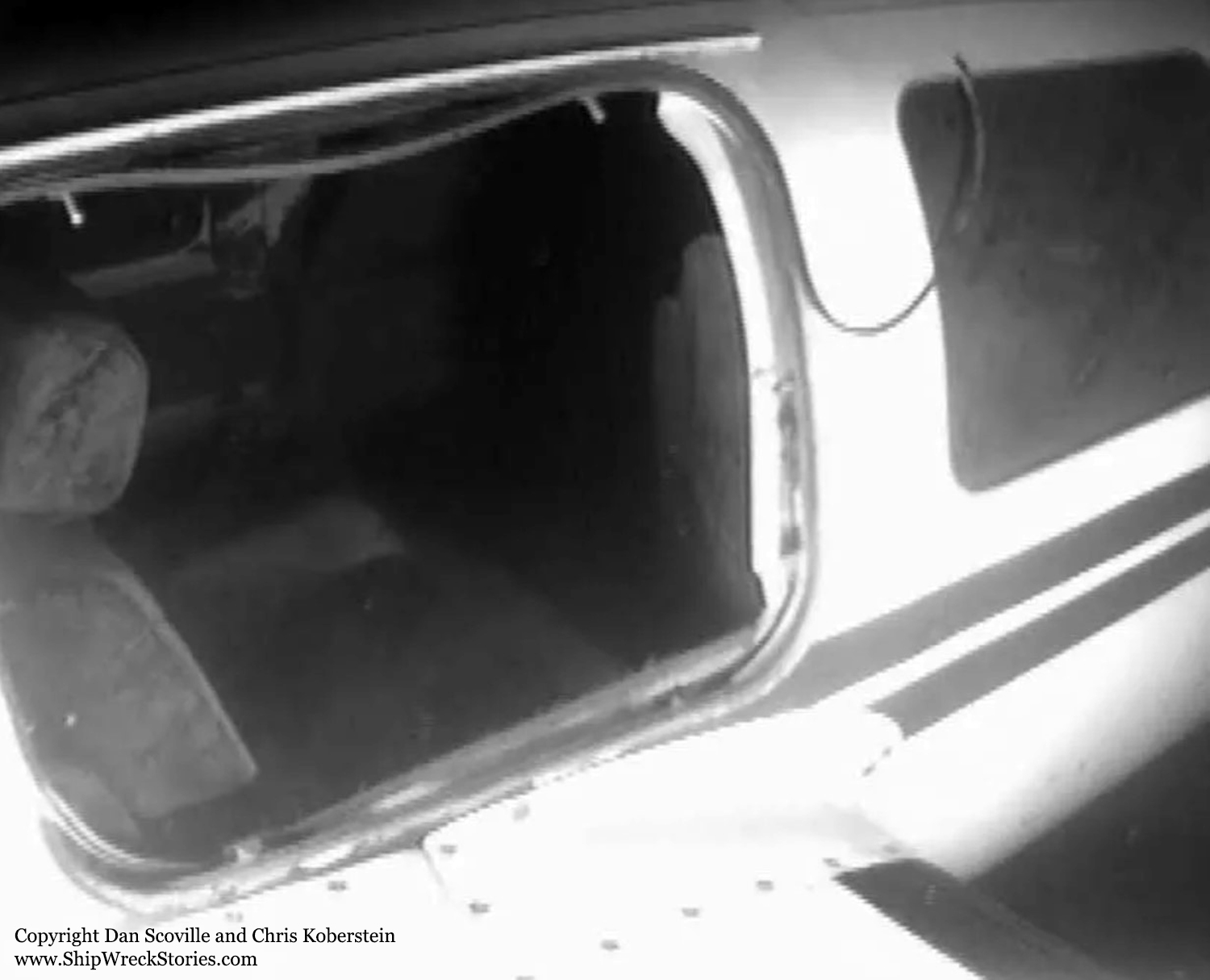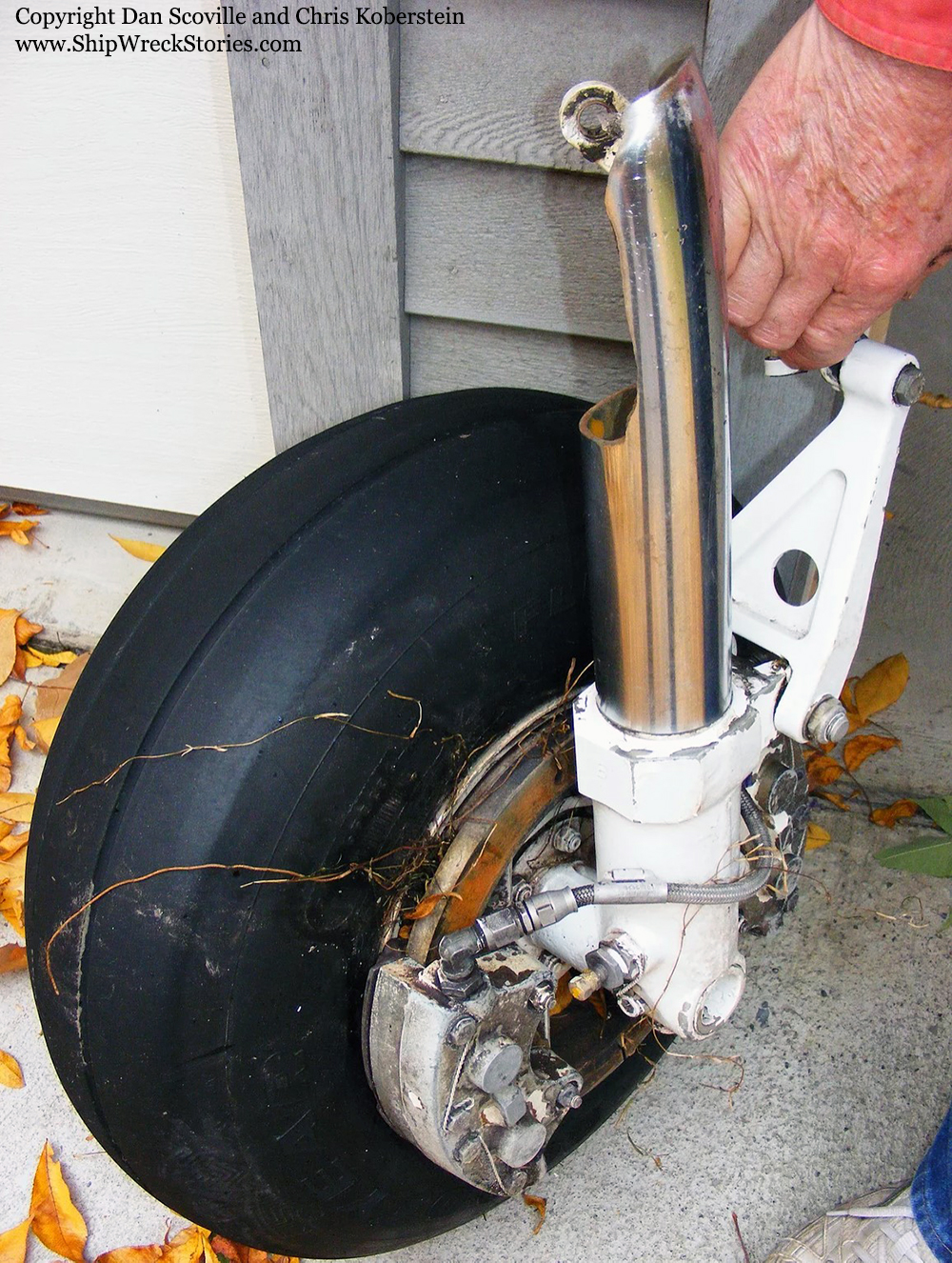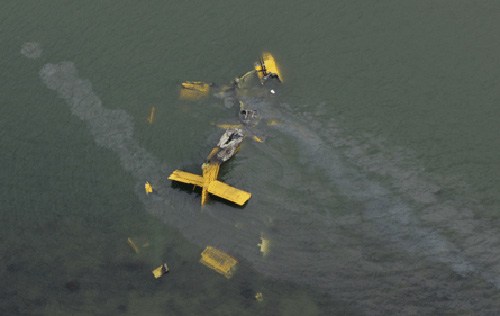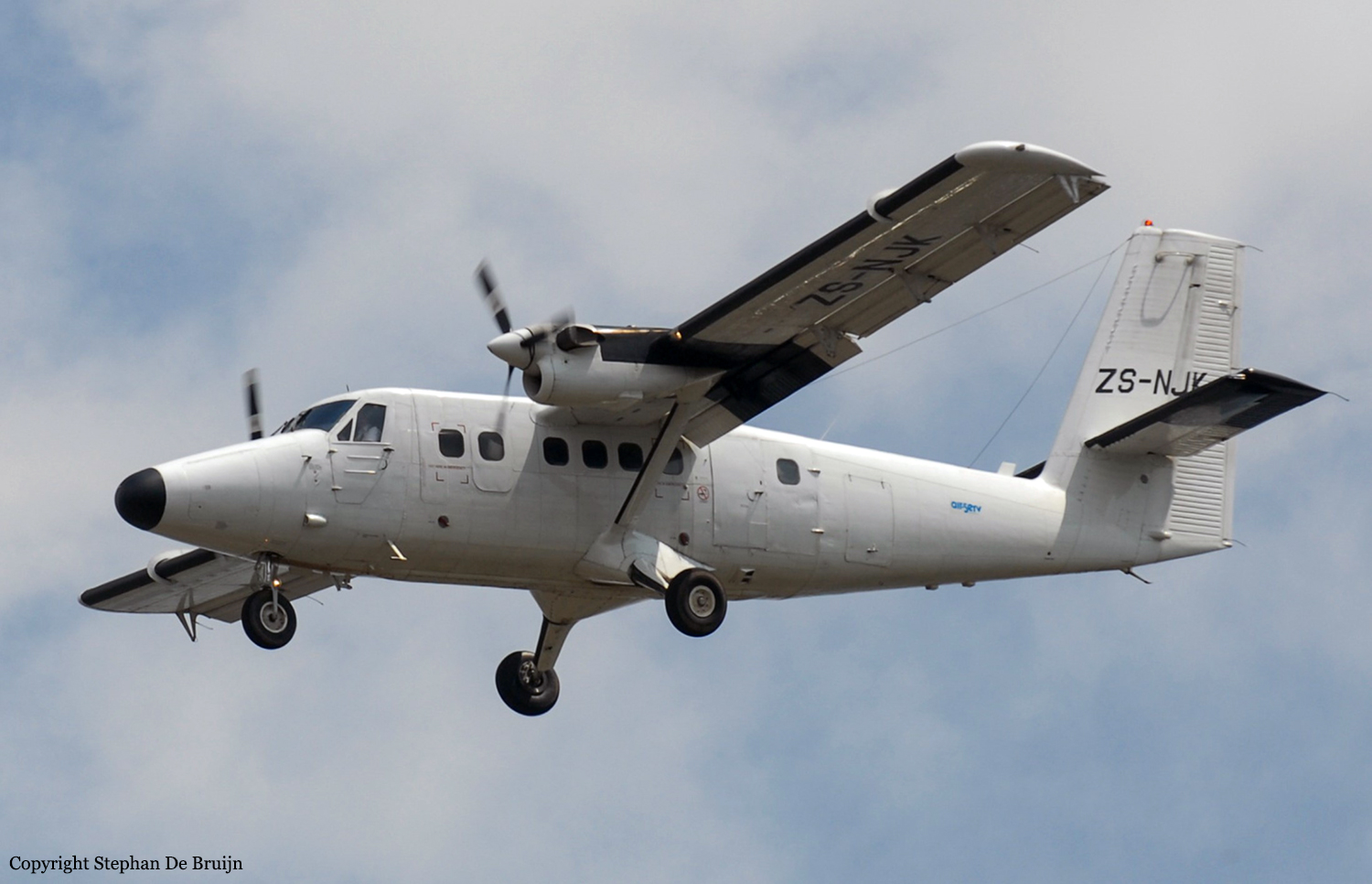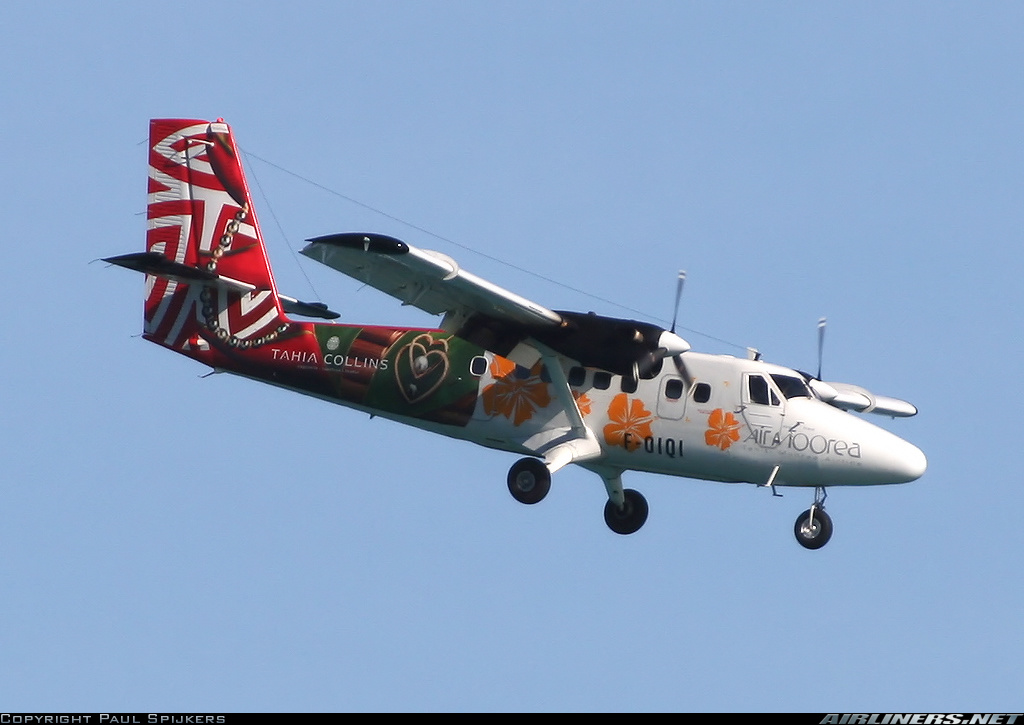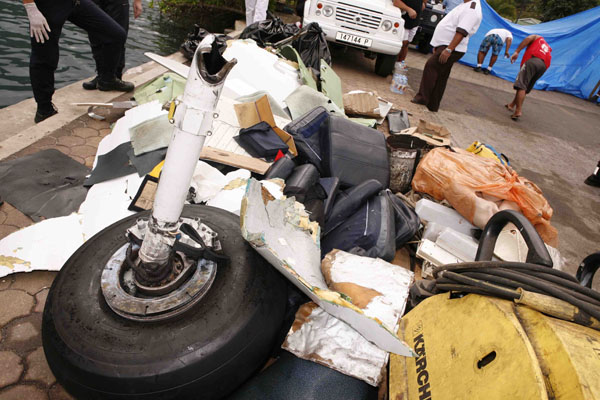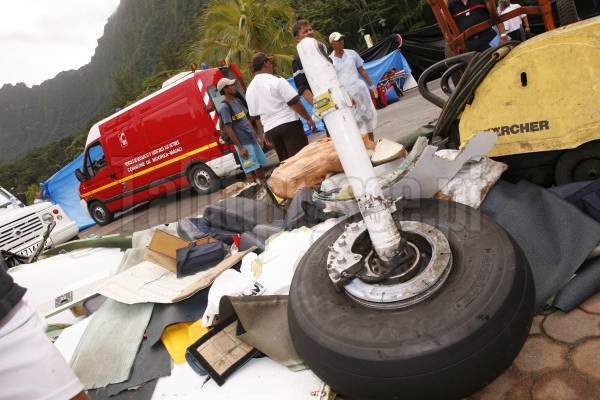Crash of a Piper PA-61 Aerostar (Ted Smith 601) near Penn Yan
Date & Time:
Oct 28, 2007 at 1330 LT
Registration:
N717SB
Survivors:
Yes
Schedule:
Rochester – Danbury
MSN:
61-0808-8063418
YOM:
1980
Crew on board:
1
Crew fatalities:
Pax on board:
0
Pax fatalities:
Other fatalities:
Total fatalities:
0
Captain / Total hours on type:
1683.00
Aircraft flight hours:
2619
Circumstances:
The private pilot was continuing a cross-country flight after having stopped for fuel. About 20 minutes into the flight, the pilot said both engines started running rough, and he turned the airplane toward the nearest airport and descended. The pilot reported that he did not think the airplane would make it to the airport, and that due to the rugged terrain, he felt it was better to ditch the airplane in a large lake he was flying over. The pilot reported there were no mechanical anomalies prior to the loss of engine power. He said he felt that fuel contamination was the cause of the engine problem, and that not fueling during heavy rain might have prevented the problem. Fuel samples were taken from the fuel supply where he added fuel, and the equipment used to fuel the airplane. No other instances of fuel contamination were reported, and according to the FAA inspector the fuel samples were tested, and found to be clean. The airplane was not recovered from the lake, and has not been examined by the NTSB.
Probable cause:
The loss of engine power during cruise flight for an undetermined reason.
Final Report:
